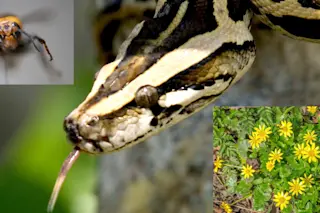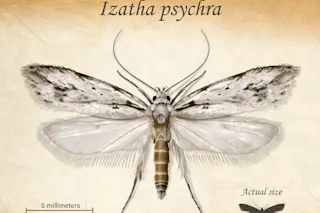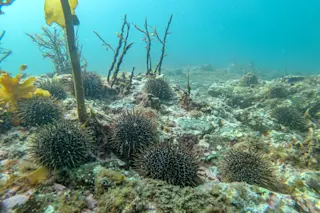On a quiet Wednesday morning near Miranda, California, as the fog lifts in the forest, a man approaches a redwood tree. The man is Buck Tallman, 44. He's wearing a shirt with cutoff sleeves and a red dented hard hat over the 32-stitch scar on his forehead, where a redwood limb snapped loose and whacked him a few years ago. Tallman is a faller, as lumberjacks are known in redwood country. He has a holster of wedges on his hip, and swinging nonchalantly from one calloused hand is a 20-pound Stihl chain saw with a 36-inch bar, long enough to slice up a six-foot-diameter tree. This redwood, not that big but far larger and older than Tallman, stands at the clearing's edge with two other, smaller trees. Tallman looks up, inhaling the Christmas-tree fragrance. The redwood's trunk tapers sharply, its soft, matted bark shadowy with dust and spiderwebs. Up high, ...
The Life, Death, and Life of a Tree
The only real threat the majestic redwood has ever faced is us
More on Discover
Stay Curious
SubscribeTo The Magazine
Save up to 40% off the cover price when you subscribe to Discover magazine.
Subscribe













